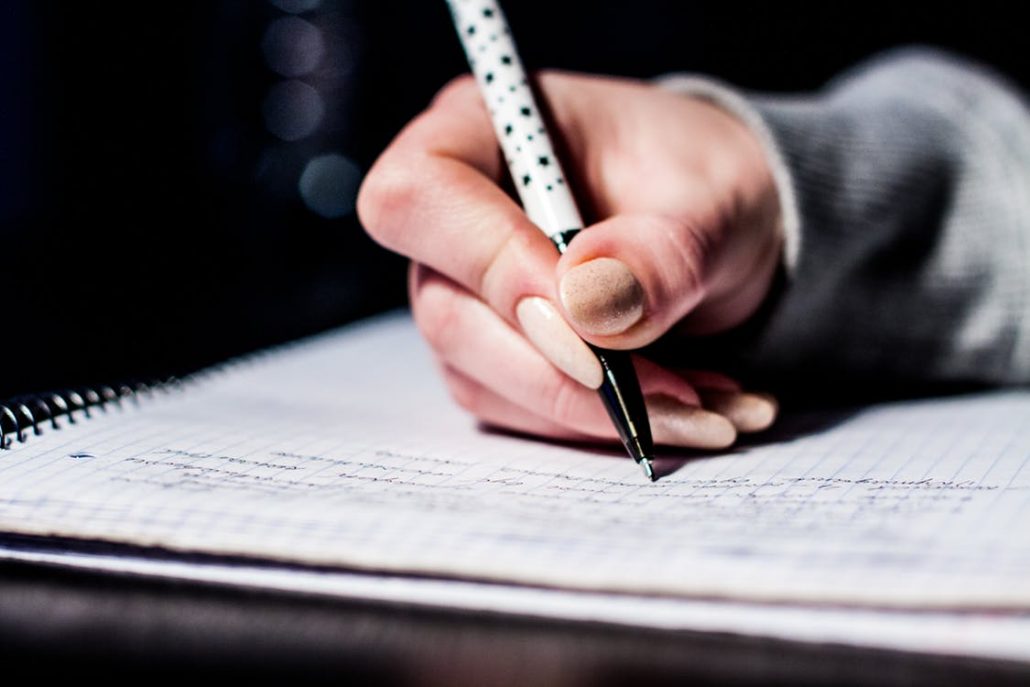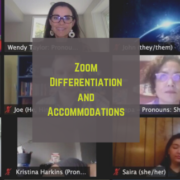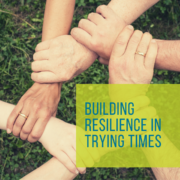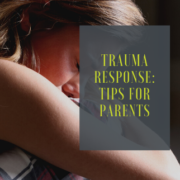How-to Proofread: For High Schoolers

Once students have reached high school, writing becomes an entirely new beast. From the research project, to a multi-page literary analysis, high schoolers are somewhat expected to have crafted their writing skills to a certain degree. Aside from college, where many of them will be analyzing scholarly articles and writing 20, 30, 40 page papers, high school writing tasks are as advanced as they have seen thus far. Perhaps even more surprising to students, is the fact that lengthier writing assignments will occur in every class, not simply English. With this knowledge, it is essential that high school students improve in their ability to proofread.
- High school students can use cooperative learning strategies to proofread and peer edit more efficiently. For example, if three students decide to peer edit as a group, one group member should focus his criticism and editing to one area, grammar, for instance. While one group member reviews all three papers for grammatical missteps, another should focus solely on vocabulary, word choice, and spelling. This person should be accessing online thesaurus and dictionaries to ensure that terms and phrases are appropriately used. Finally, the third member of the peer editing group should be in charge of examining content—that is, does the writing masterfully address the prompt? With the tasks split up in such a way, students are more inclined to provide solid, effective feedback—as opposed to the smiley faces and “Good job!” that we teachers are so used to seeing after a peer edit.
- High school-level writers can streamline their proofreading practice by using symbols or digital highlighting tools to flag errors or areas of need in their writing. Students may want to read their paper through once simply to identify where any issues lie. During this process, they will only mark or highlight areas in the paper where they should revert back to during revision. After issues are highlighted, writers should go back into their paper with a more fine-toothed comb approach. This means that, now that weak or confusing areas in the essay have been identified, they can really dig into making corrections specifically on the sentence level, correcting one line at a time.
- As many times as we tell students, it still baffles me that they disregard the warning: DO NOT RELY ON SPELLCHECK! By high school, students must be proofreading on a cognizant, deliberate scale—simply correcting all of the red squiggles will not suffice. Moreover, many spelling or grammar mistakes are mislabeled or ignored by spellcheck software. High schoolers must be prepared to take proofreading into their own hands; their knowledge of writing skills is much more reliable than the computer’s spellcheck.
High schoolers can raise the bar when composing written work by proofreading for sentence variety. They should be prepared to do some major rewriting when sentence variety and complexity is the focus. High school-level writers should be aware of certain clauses and the punctuation that accompanies them. More importantly, students will want to double check that their writing is fluid, clear, and varied on the sentence level—this makes for an elevated paper










